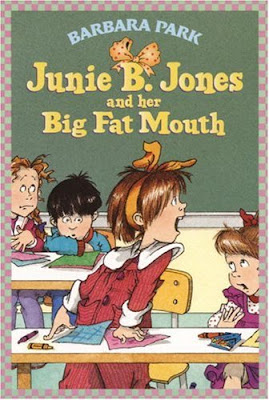Girl Talk: Humility, femininity and big, fat mouths
"Do nothing from factional motives or prompted by conceit and empty arrogance. Instead, in the true spirit of humility, let each regard the others as better than and superior to himself." (Philippians 2:3)
A couple of weeks ago a friend of mine loaned me a set of CDs by prolific Christian speaker/author Joyce Meyer called "Me and My Big Mouth" (what
was she trying to tell me?). While Meyer has a range of things to say about everything from nagging (I learnt early on in my marriage that it doesn't work – that's another post) to whingeing (won't win you friends or get you what you want), one thing in particular struck a chord.
Meyer tells an anecdote about a time in her life when she was struck down with an inability to speak: while words usually flow from her mouth like honey from a pot, she found herself stifled by she-didn't-know-what, unable to string a coherent sentence together let alone deliver it in public.
Discussing the issue with her husband, he suggested it might have something to do with the fact that she'd been bad-mouthing another preacher for his delivery style. Her resolution? To stop talking negative, particularly about the competition (when you're dissing someone within your own profession, it apparently bites you back doubly bad).
As someone who once prided herself on being above cliquey bitchy talk – and sometimes sidelined because of it – I've also been prone at times to falling into the
Howard/Costello trap of giving others a bad wrap, though I've known in essence that to spite is not right.
It's tempting as a woman to buy into bitchy talk, often when we are at a low and lonely ebb, as we are momentarily connected by our disdain for something or someone else (usually because they have something we want... like that
scalloped Chloe jacket, a great job or a size 8 butt). But it's a false and fleeting bond; a superficial Super-Glue. The Araldite stuff is positive interaction.
This month Kelly Valen, author of
The Twisted Sisterhood: Unraveling The Dark Legacy of Female Friendship, has penned a feature for
marie claire hooked on the
Australia's Next Top Model Finale. Valen celebrates the kindness shown between Amanda Ware, Kelsey Martinovich and Sarah Murdoch.
"This was a testament to the beauty of civility, empathy and kindness; the thing women are so good at bestowing on each other when we're at our best," writes Valen, whose research overwhelmingly points to a gender troubled by ugliness, "everything from women badmouthing female colleagues who were up for promotion, and mothers stalking their daughters' peers, to the garden-variety gossip and put-downs so many of us fall into the habit, sport, boredom, or even as a bonding ritual."
To exist in a female Utopia where everyone gets along is a ridiculous proposition, but if the benefits of kindness, empathy and inclusiveness, as apposed to the competition-judgement-gossip-insecurity-aggression-manipulation cycle Valen writes of, were to become the dominant characteristics of the "fairer sex", how much more powerful we could be (tra-la!).
How
on earth do we get there?
It starts inside, of course, by addressing the voice that tells you you're crap; what columnist/blogger/presenter Sarah Wilson calls the "
judgey voice in my head" that pops up uninvited when you need to shift something in your life.
"This “Fred Nile voice”...holds a mirror up to our own shit," writes Wilson. "As Carl Jung said: “Everything that irritates us about others can lead us to an understanding of ourselves.” So when the voice pops up, use it to question what the issue might be for yourself."
Nothing breeds hatred or unkindness or ill intent like insecurity and fear and self-loathing (which in turn feeds the insatiable female guilt/anxiety/worry beast). And we turn increasingly inwards as the world appears to threaten or attack us from the outside, shutting out the potential to form wonderful, nourishing, loving and mutually beneficial relationships that buffer us from life's blows.
The three heroines of
Australia's Next Top Model are the perfect example of strength in unity of women unencumbered by conceit, arrogance and petty, small-minded thinking, and the benefits of generosity of spirit. Sometimes we just have to let go of old bad habits and grudges and our big, fat, judgemental mouths to allow the world's blessings to come right in.
As Vallen says, "nice girls actually do finish first".
Yours truly,
Girl With a Satchel













































